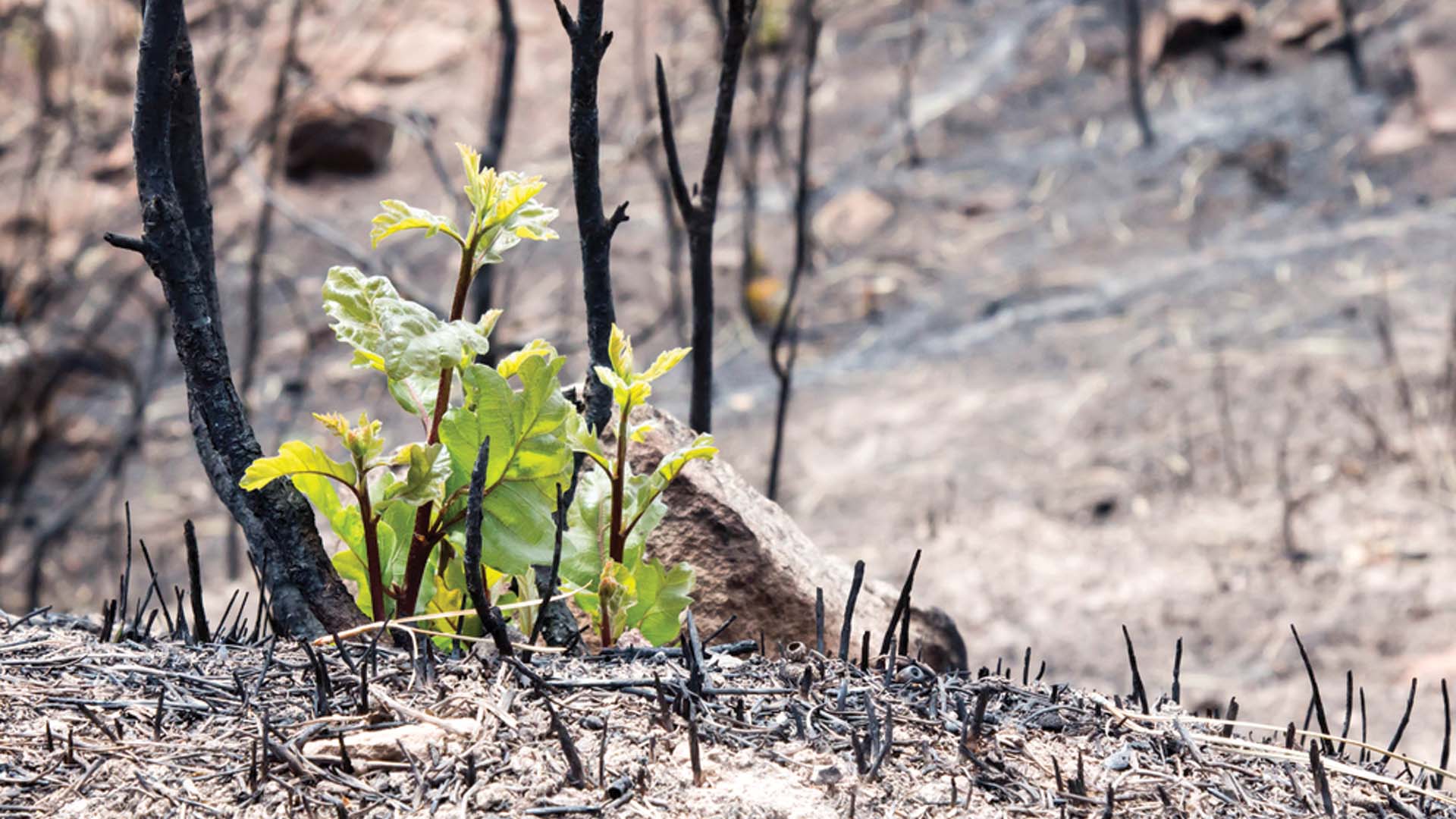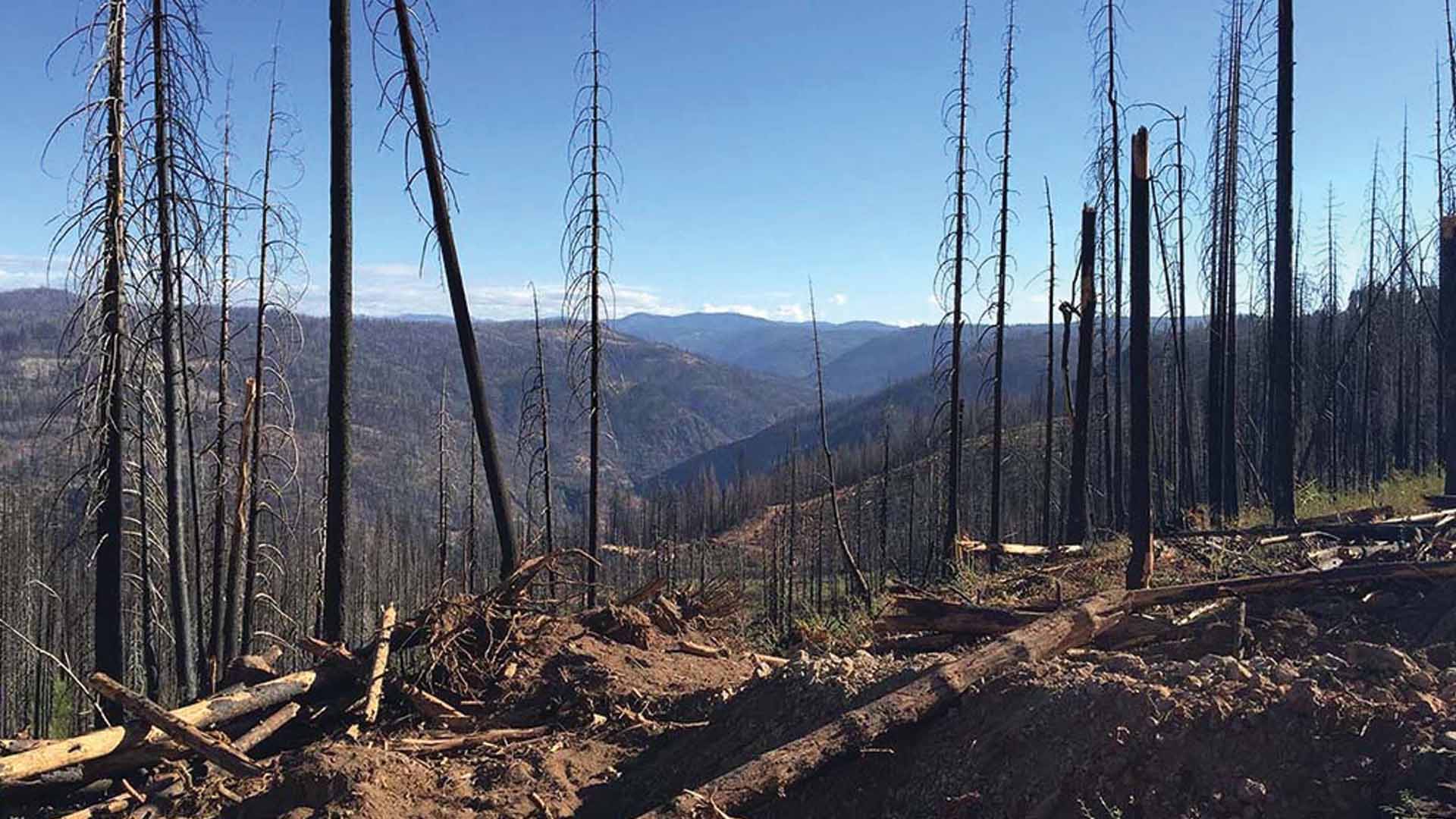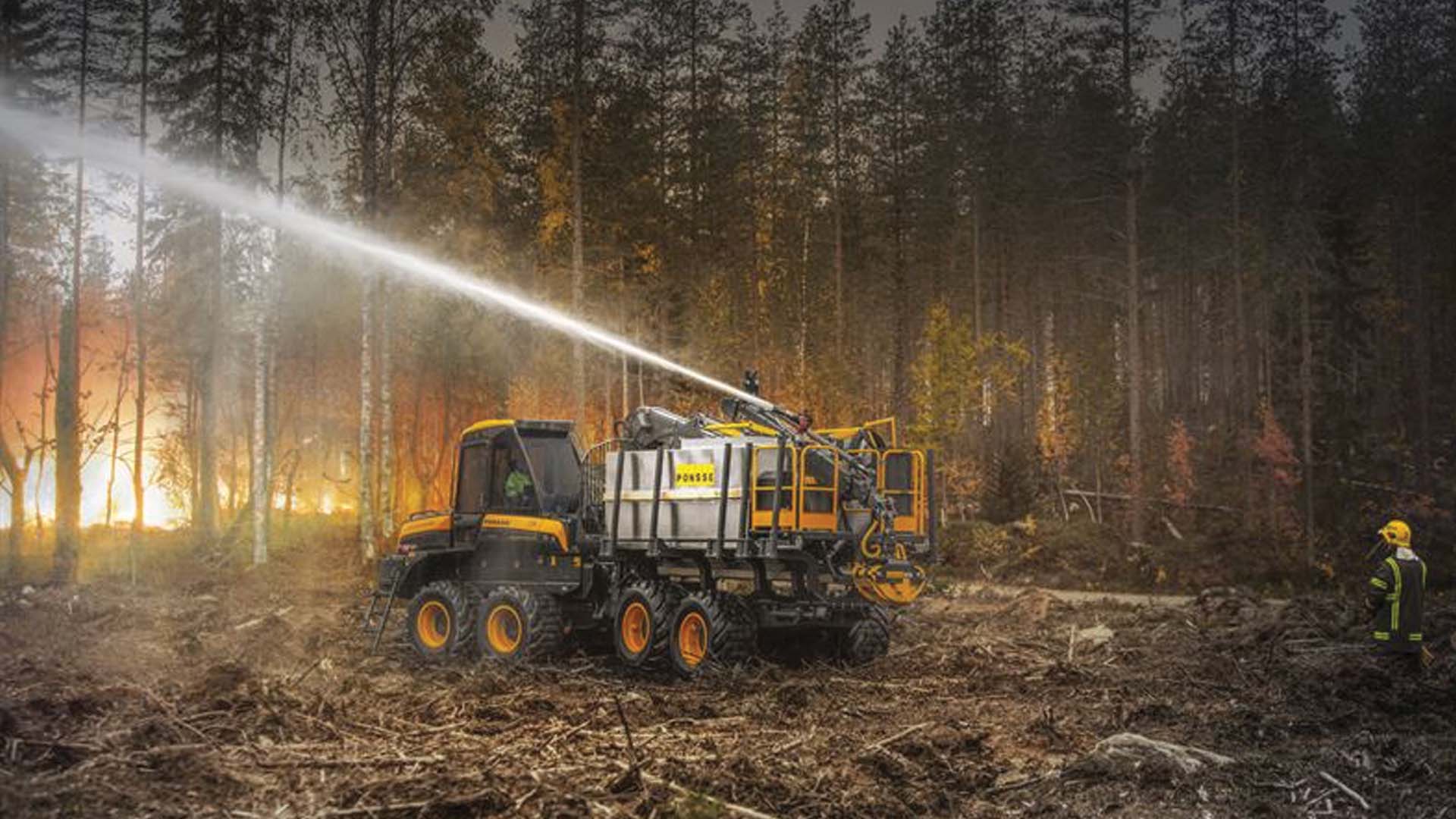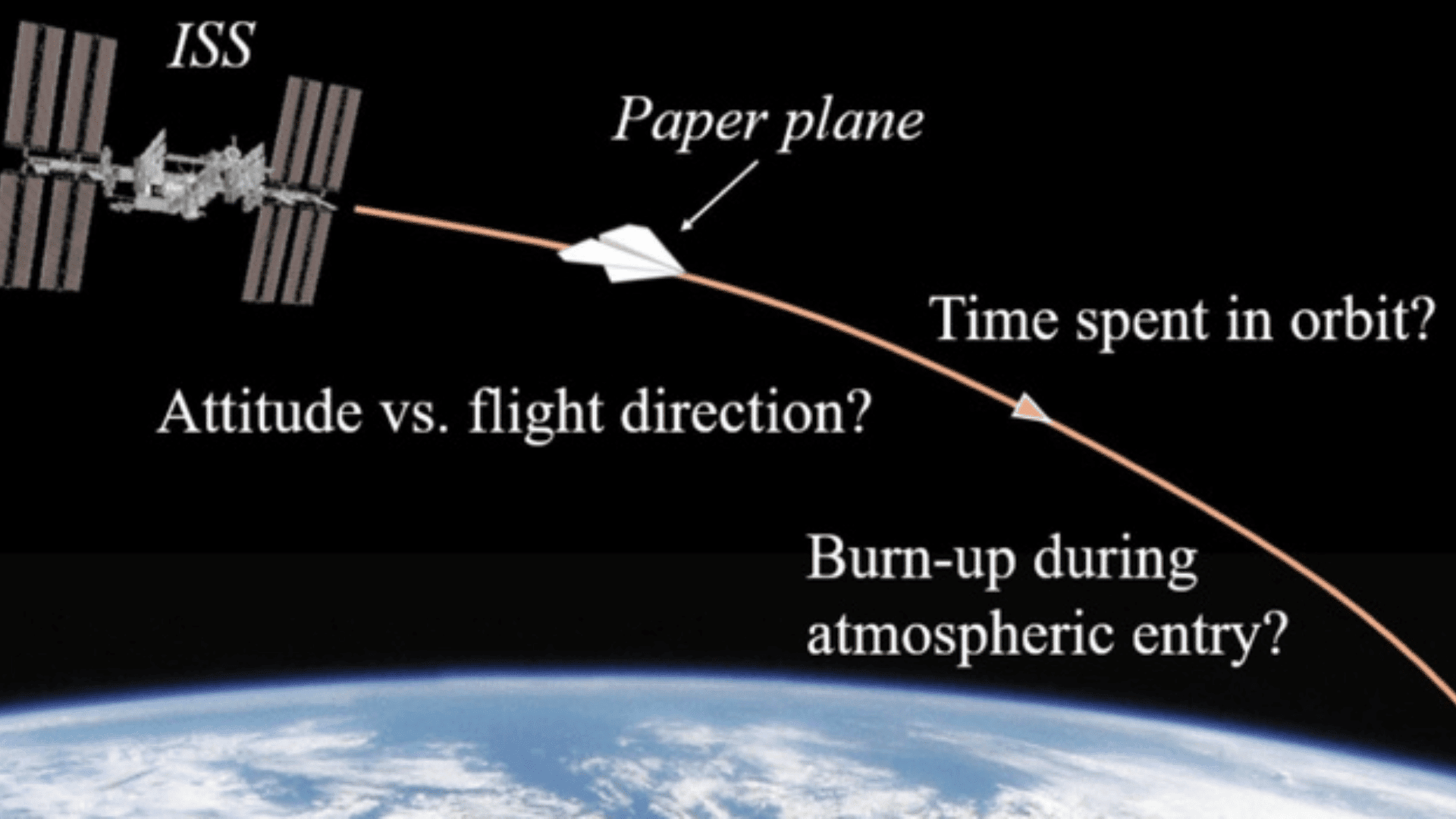In the last 20 years, an annual average of 70,600 wildfires has burned an annual average of 7 million acres in the United States. A lot happens after a forest fire takes place, both in nature and by humans.
What happens in nature after a forest fire?
There is a natural pattern of recovery that is referred to as ecological succession. This is the process in which the land, plants, and wildfire move through stages to return to stability.
1. Ephemerals

The first plants to move into the bare ground after a fire are wildflowers or weeds. Known as ephemerals, the germinate and grow quickly to produce a new crop of seeds. Immediately after a fire, the charred remains of trees provide habitats for wood-boring insects. These insects attract animals lower in the food chain to come to the area as well like armadillos and birds.
2. Grasses
Next, the grasses move in and replace the ephemerals that cannot withstand the dry summer months. Unlike ephemerals, grasses have roots that allow them to become dormant during droughts. Eventually, the grasses completely take over the ephemerals.
3. Pioneer Trees
After the grasses establish themselves, pioneer trees appear. These are slow-growing trees that are unpalatable to livestock but can mature at tiny sizes under harsh conditions and nutrient-poor soils. Once more of these trees appear and germinate, they shade out the grassland which begins to recede. At this point, deer and other herbivores begin to return.
4. Scrub Canopy
By the time the scrub canopy begins to form, the grasses underneath are practically shaded out of existence. The canopy lays down a thick layer of needles or leaves to produce mulch which eventually becomes soil. By the time they are matured (which could be about 40 years), these trees have produced a layer of topsoil. With the cover of the canopy, the soil is shaded and cool, and the humidity of the environment increases. Following the herbivores, carnivores like coyotes and wolves return to the forest.
5. Climax Forest Begins
In this more hospitable environment with enhanced soil and air, taller trees and vines move in and thrive. Once they shade out the older and shorter scrub, the climax forest begins. At this point, the forest is on its way to becoming a mature forest.

Photo Credit: California Water Science Center
What do forest professionals do after a forest fire?
After a fire, the forest professionals’ first priority is emergency stabilization to prevent further damage to life, property, or natural resources.
For example, the loss of vegetation exposes soil to erosion so water runoff may cause flooding putting nearby communities and species at risk. Soil erosion and flooding can be stabilized through reseeding native grasses and plants, replanting trees and shrubs, and utilizing mechanical techniques.
Once the emergencies are taken care of, long-term rehabilitation efforts can start to take place, particularly in the forest. In order to rehabilitate the forest, forest professionals must first collect the burnt wood. This wood must be used within six months after the fire before it is rendered unusable. Removing the wood not only clears the forest floor so that it can start the ecological succession process earlier, but it also reduces the chance of another fire, decreases CO2 in the atmosphere, and boosts local timber industries.
After the wood is collected, the milling process begins. Machines debark the wood which is either sold as mulch or saved. If it is saved, the logs go through a metal detector to get rid of things like nails and fencing. Lasers then minimize the lumber, which is then cut into appropriate sizes and grated and dried with a kiln or by air.

Some machines like Ponsse’s Harvester and Forwarder are equipped with the cut-to-length method where trees are harvested according to use and are delimbed and bucked in the forest. This means that branches and tops are left in the forest so that the forest can regenerate quicker. This process also helps when thinning forests because it allows for selective thinning, reducing the risk of future forest fires. The Forwarder can even be equipped with its own firefighting equipment. Once the forest is cleared of burnt timber, seedlings can be planted in order to quicken the forest regeneration.
To discover more about innovations in forestry, stream Tomorrow World Today’s “Pipe Dreams” on SCIGo and Discovery GO!







